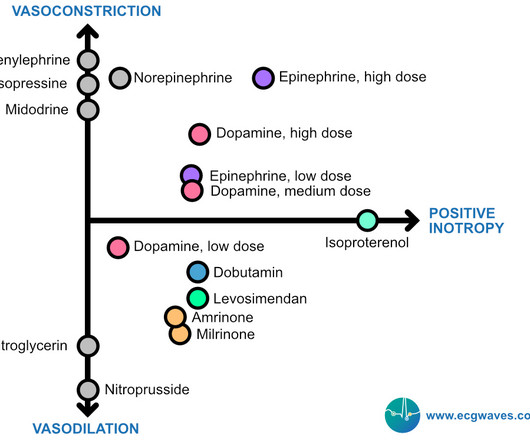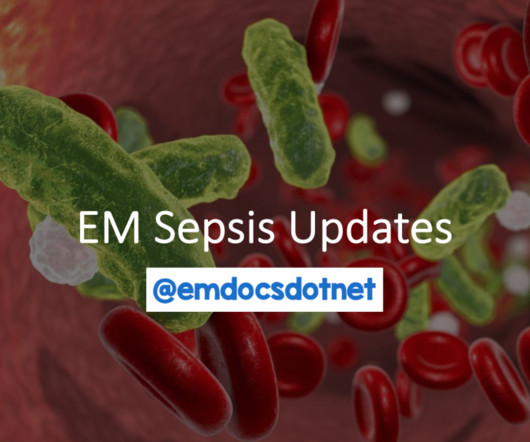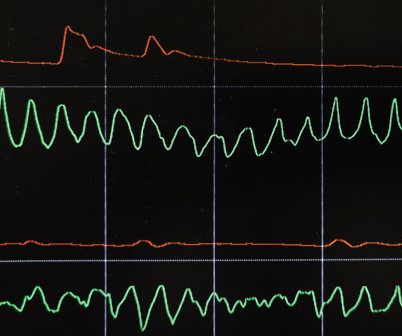Calcium in Out-of-Hospital Cardiac Arrest
NAEMSP
APRIL 19, 2023
After several cycles of defibrillation, epinephrine, and amiodarone, the patient remains in cardiac arrest. However, evidence emerged in the 1980’s demonstrating that calcium chloride had no effect on return of spontaneous circulation (ROSC) rates, and in fact could be detrimental (Landry, Foran, & Koyfman, 2014).













Let's personalize your content